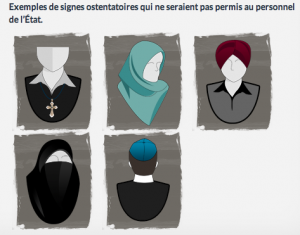This entry is reposted from Yu-Ling Lee’s PhD Research Blog:
I am pleased to share that I will be presenting papers at two different conferences.
First, I will be heading down to Chicago for the American Educational Research Association (AERA) Annual Meeting (April 16-20). It is the largest education conference in North America and I’m delighted to be presenting a paper for the ‘Spirituality & Education’ Special Interest Group. The paper is titled, Understanding Curriculum as Techno-Theological Text. Here’s the abstract:
This paper is based on the writings of Ted Aoki, the Japanese-Canadian scholar at the forefront of the re-conceptualized movement within curriculum theory. One possibility implied in Aoki’s work is inhabiting the space in-between technology and theology. As Aoki might ask: how we can linger on the bridge between technology and theology? The purpose of using the bridge metaphor, is to bridge technology and theology, to discern curriculum as techno-theological text. A reframing of this question is whether we can be in a mode of technology without defaulting into instrumentalization. This paper, then, is an attempt at making sense the multiple ways in which the words technology and theology can be understood within an Aokian framework.
I’ve been developing the ideas of curriculum as technotheology for awhile, and Ted Aoki is a wonderful curriculum theorist who speaks into both the theological and the technological. Hopefully I will get some constructive feedback and some great discussion. If you’re down at AERA, my session is on Thursday, April 16, 12-1:30pm at the Hyatt, West Tower – Green Level, Crystal B. For more info, go to this link.
In May, I will be participating in a 2-day symposium on the Significance of Study, held at UBC. I will be acting as a discussant, responding to Alan Block, Professor from the University of Wisconsin, who will be reading from a paper, titled, Study as sacred. I am excited for this opportunity as Block has written in the area of religion, theology, and education. For more info, here’s the website.

 Follow
Follow




